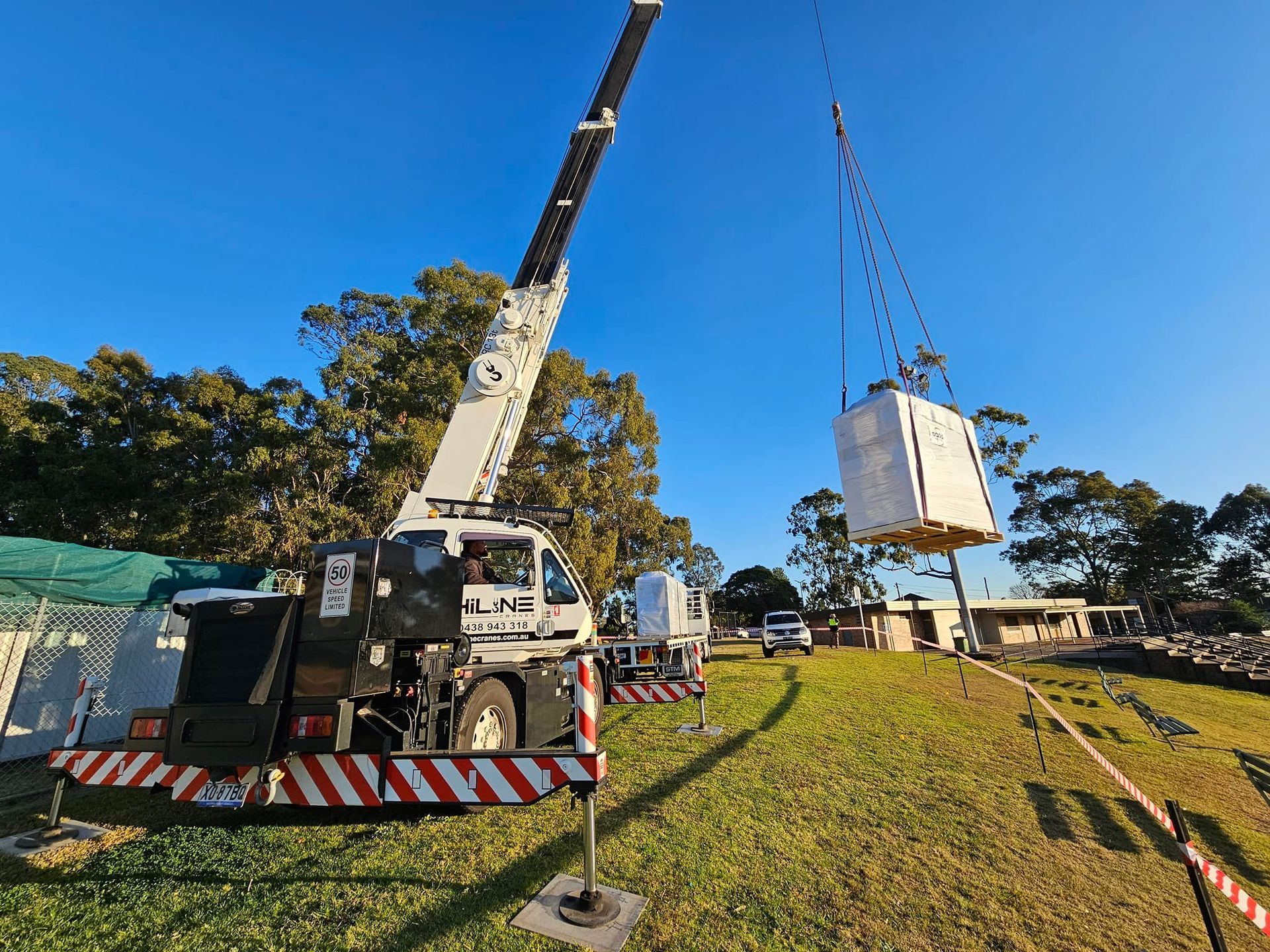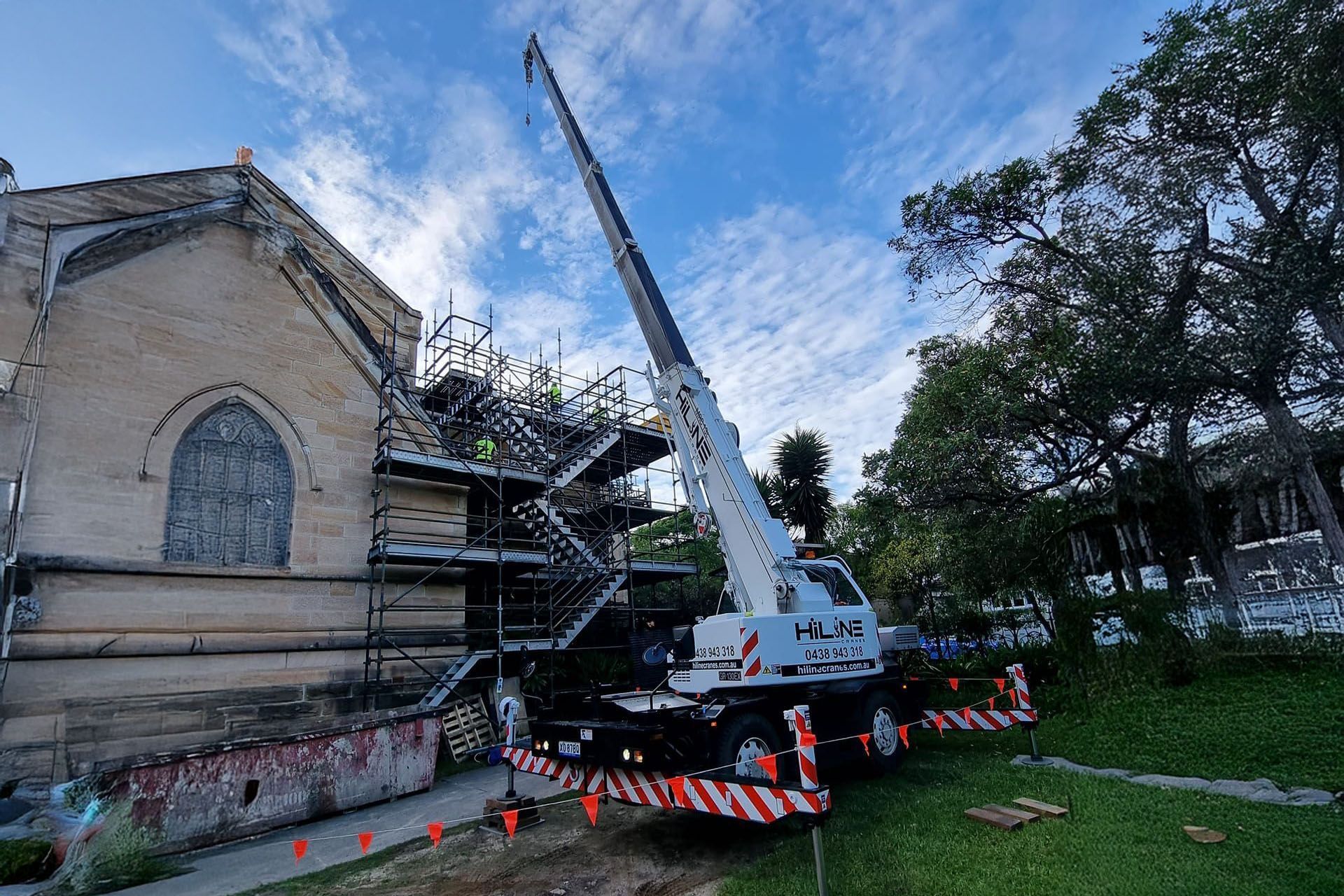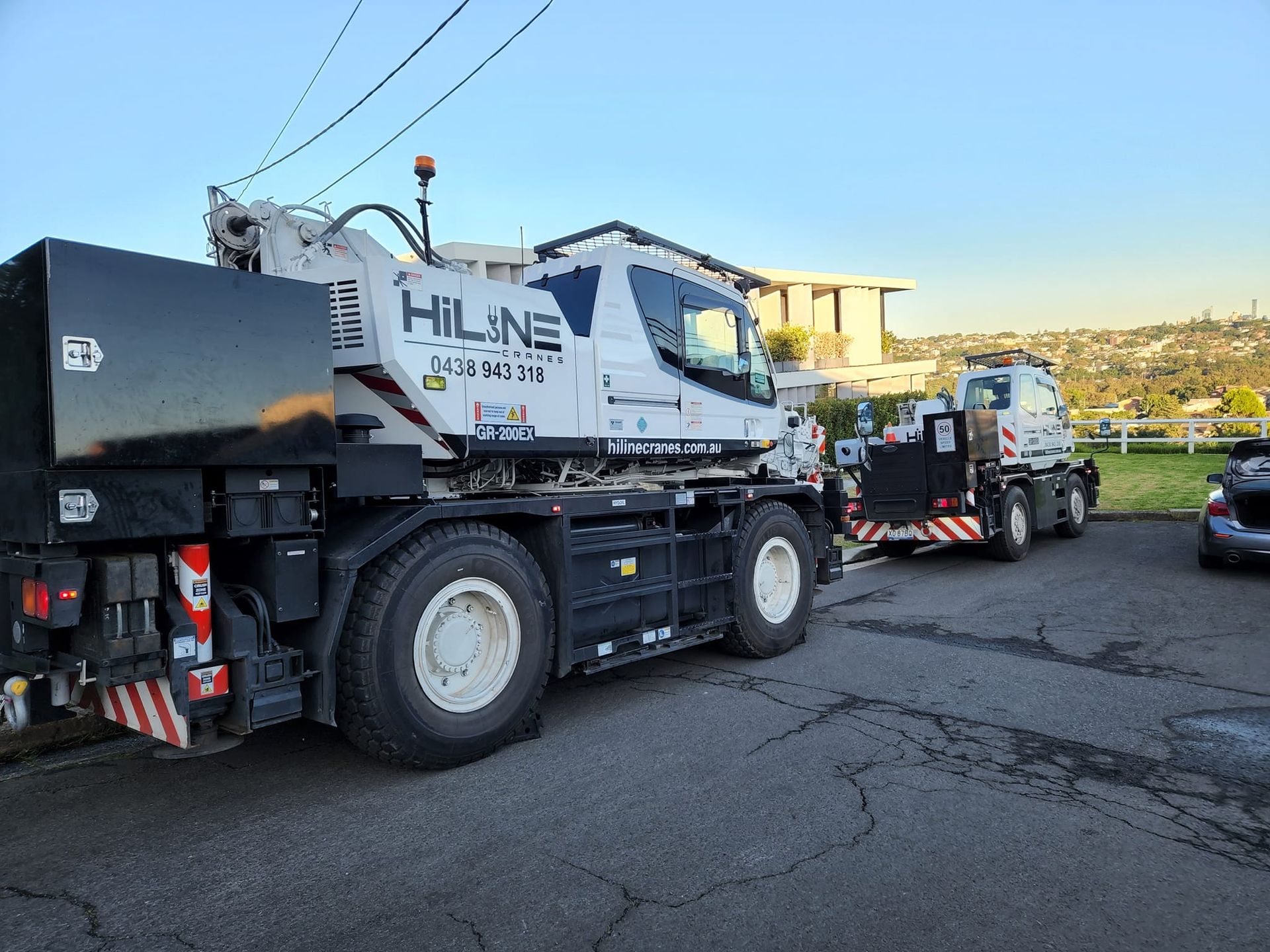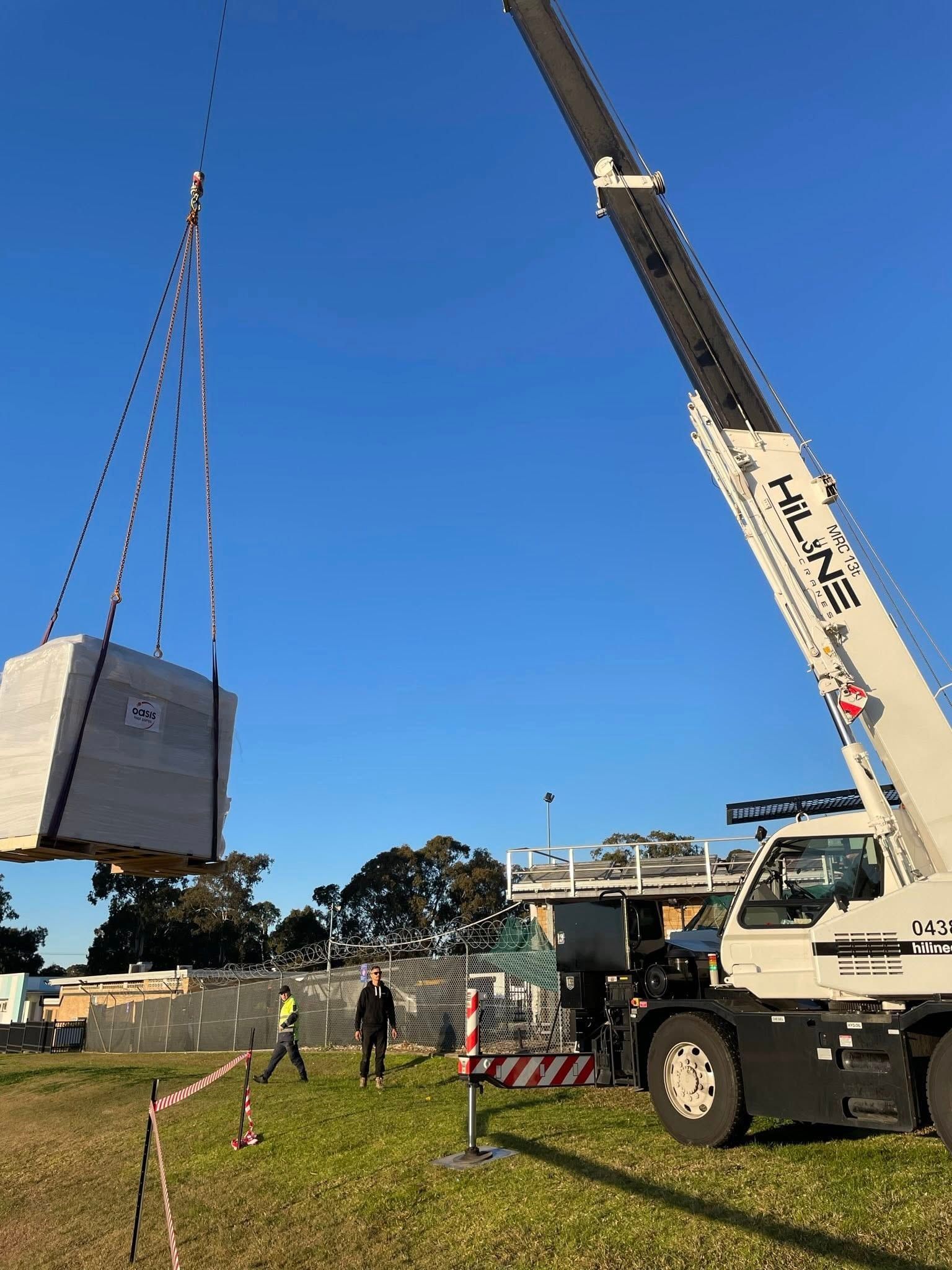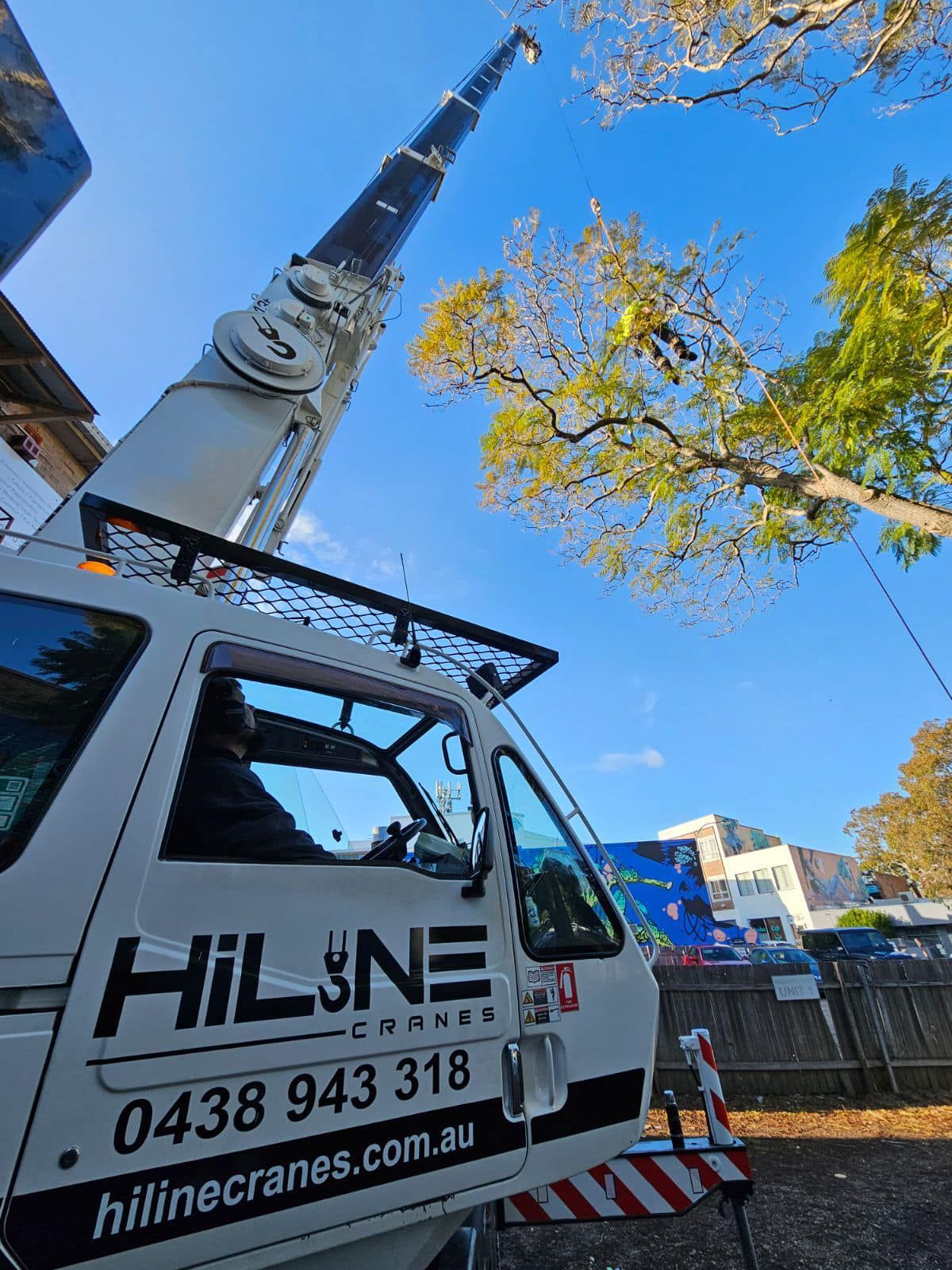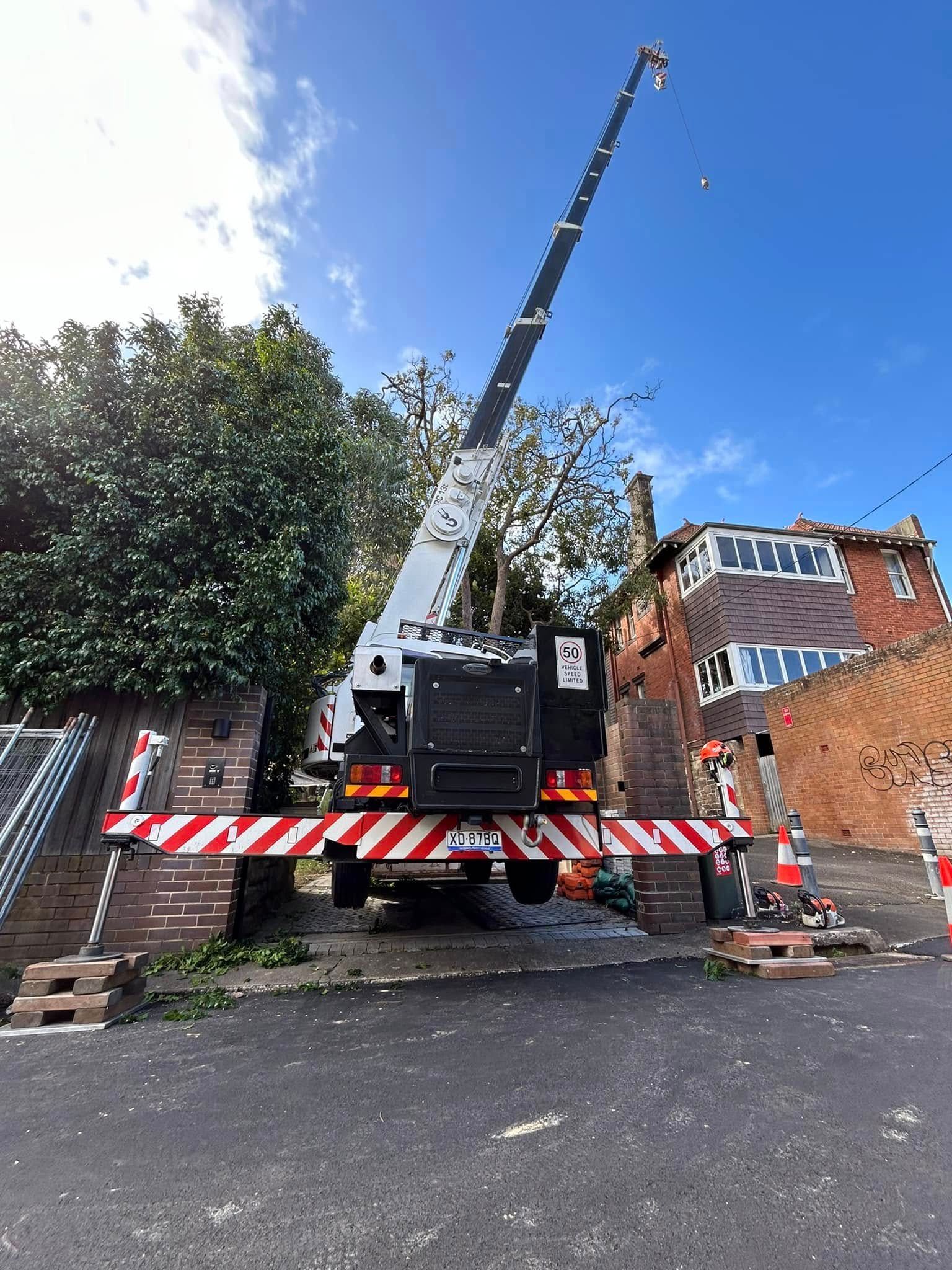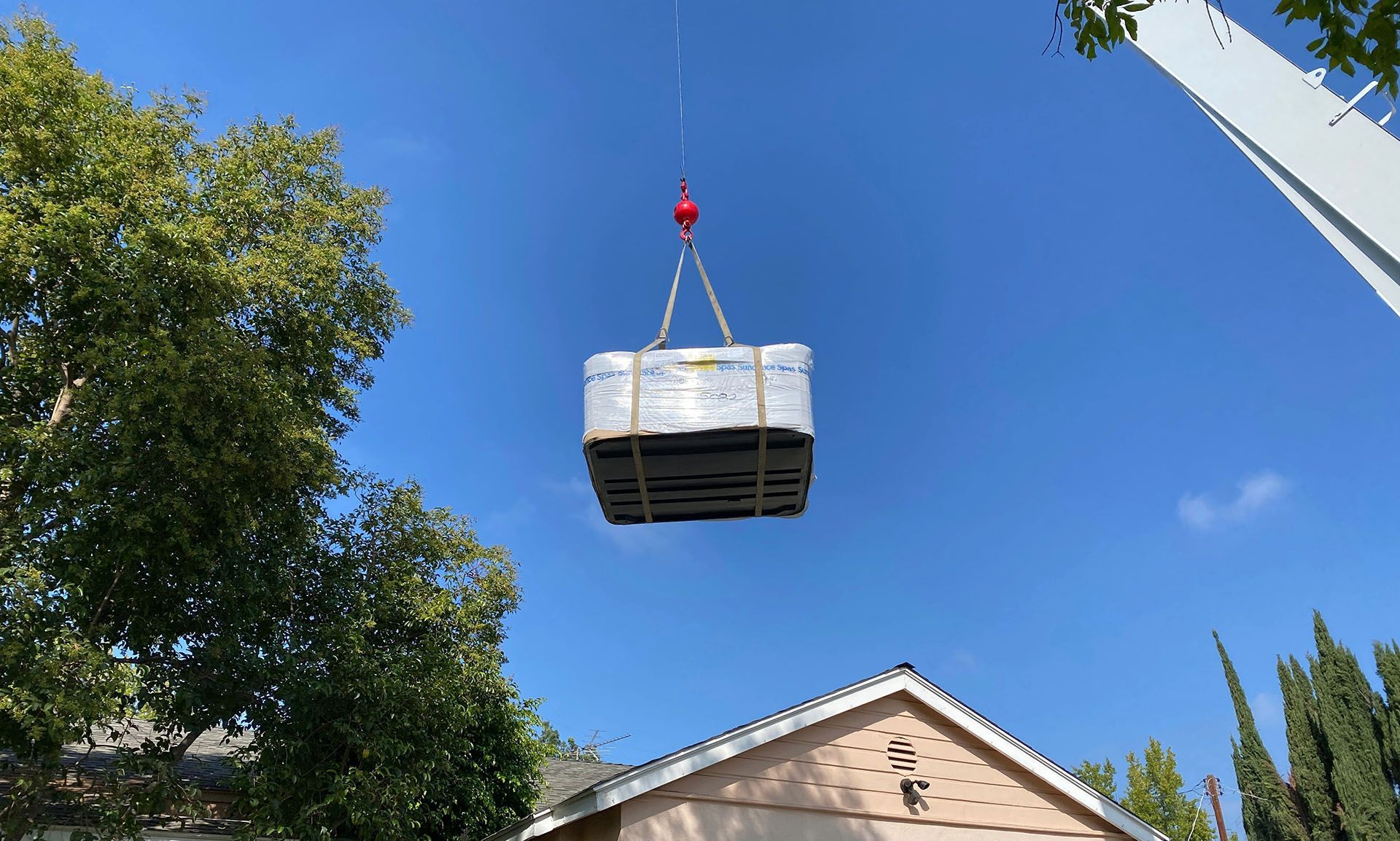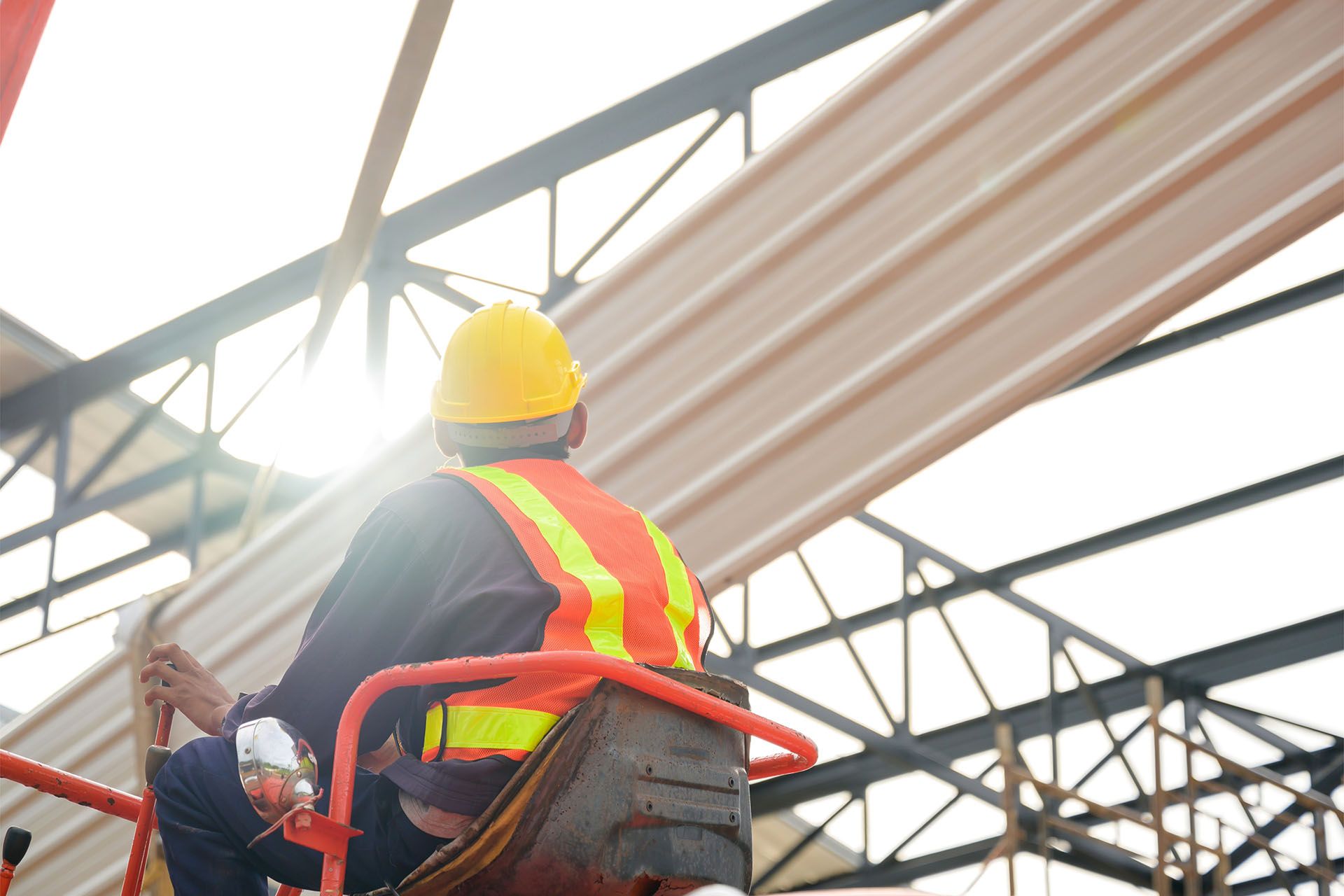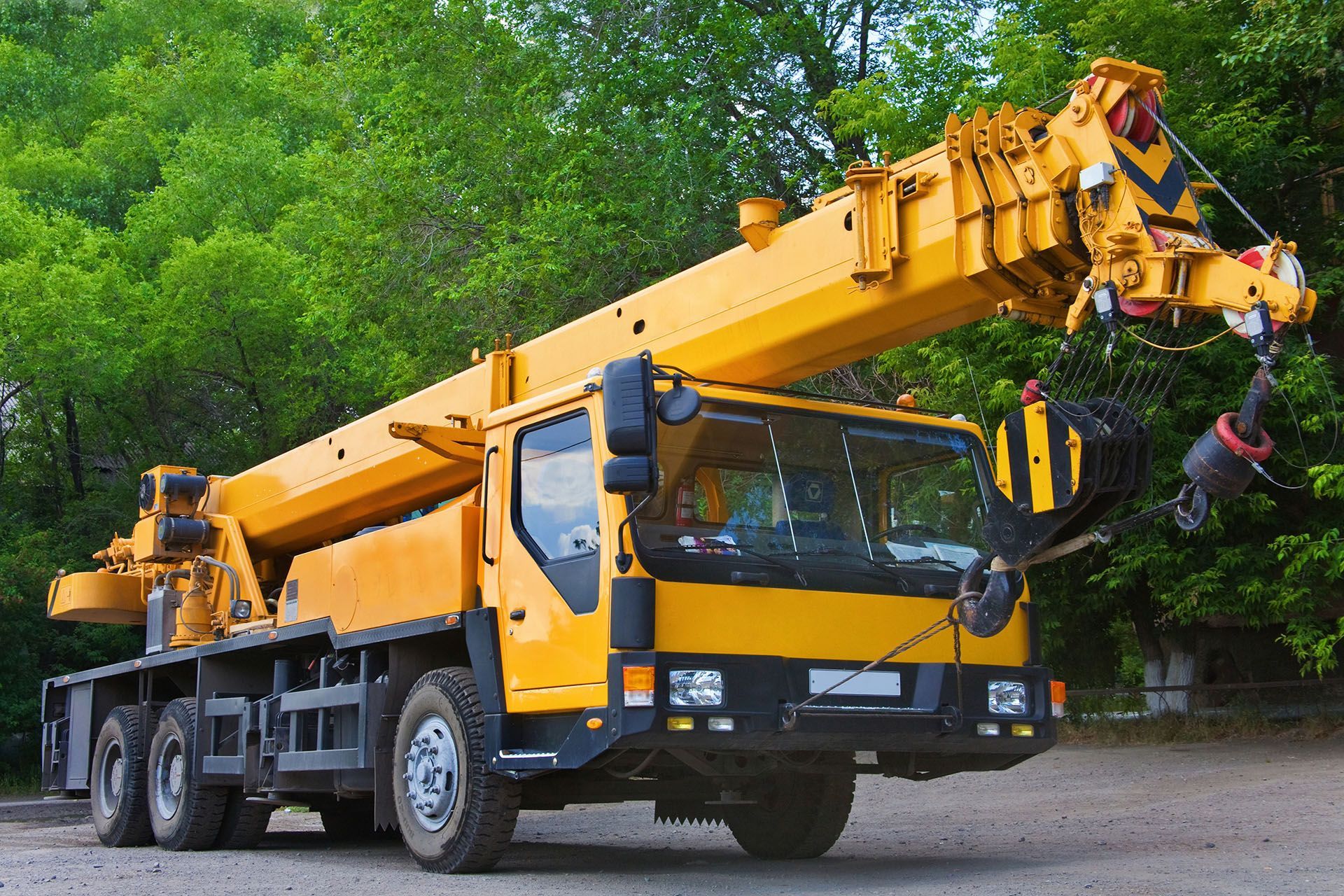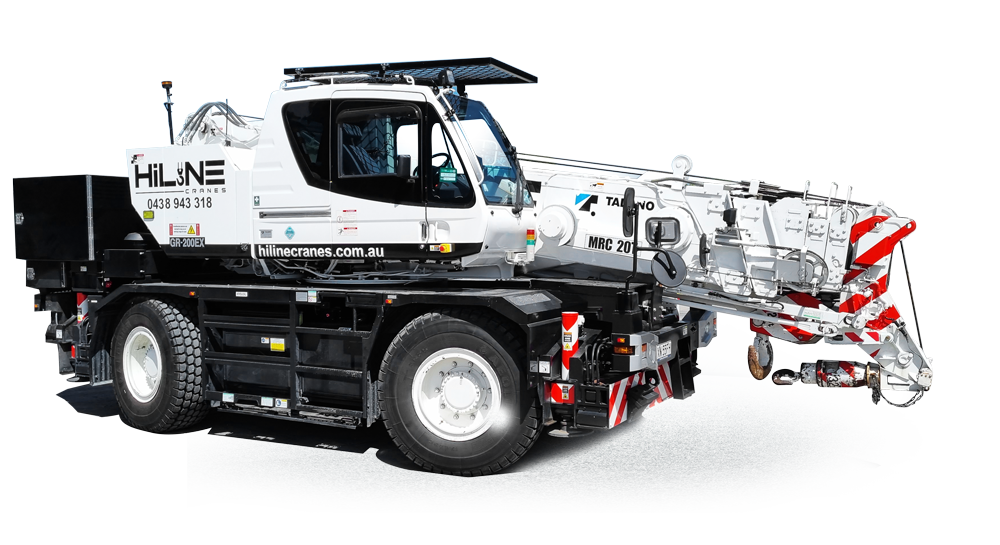How to Choose the Right Crane for Your Project
Have you ever been faced with the task of choosing the right crane for a project and felt overwhelmed by the options?
Selecting the right crane can make or break the efficiency and safety of your project. In this blog, we'll delve into the world of mobile cranes and their various types.
Whether you're working on a construction site, handling logistics, or engaging in any other project requiring heavy lifting, understanding the nuances of different mobile cranes is crucial.
Let's get started.
Types of Mobile Cranes
Mobile cranes are incredibly versatile and come in several types, each more suited to particular types of projects than they are to others. Here’s an overview of the main types:
1. Truck-Mounted Cranes
These cranes are
mounted on a standard truck chassis, which makes them easy to transport on roads. The crane is typically mounted on a rotating superstructure, allowing it to lift loads and move them horizontally.
Advantages
They offer high mobility and can travel from one site to another without needing additional transport. Their setup time is minimal, and they can be ready to operate shortly after arriving at the site. The truck-mounted design allows for greater flexibility in terms of reach and lifting capacity compared to smaller cranes.
Applications
Ideal for projects that require moving the crane between multiple locations. Commonly used in construction, infrastructure projects, and maintenance tasks. They are also useful in situations where quick setup and takedown are necessary, such as emergency repairs or short-term projects.
2. All-Terrain Cranes
These cranes are designed to handle both on-road and off-road conditions. They feature a robust chassis equipped with all-wheel drive and multiple steering axles, allowing them to navigate rough terrain with ease.
Advantages
Versatile and capable of navigating through tough terrains while maintaining good road speed. They combine the roadability of a truck-mounted crane with the off-road capabilities of a rough terrain crane. All-terrain cranes often have high lifting capacities and long booms, making them suitable for a wide range of lifting tasks.
Applications
Suitable for projects in diverse environments, including construction sites and remote areas. They are often used in large-scale construction projects, wind farm installations, and oil and gas projects where both on-road travel and off-road capability are essential.
3. Rough Terrain Cranes
Built specifically for off-road applications,
rough terrain cranes are mounted on a four-wheel chassis with large, heavy-duty tyres designed for rough and uneven ground. They are typically equipped with outriggers for stability during lifting operations.
Advantages
Equipped with large tyres and four-wheel drive, offering excellent manoeuvrability on uneven ground. They can operate in challenging conditions where other types of cranes might struggle. Rough terrain cranes are designed to be durable and stable, with a low centre of gravity to prevent tipping.
Applications
Perfect for construction sites with challenging terrains or unfinished surfaces. They are commonly used in building projects, infrastructure development, and mining operations. Their ability to navigate rough terrain makes them indispensable in environments where ground conditions are less than ideal.
4. City Cranes
City cranes are compact and highly manoeuvrable cranes designed for urban environments. They are typically smaller in size, with a shorter boom, but are capable of handling substantial loads within their capacity.
Advantages
Can operate in tight spaces and are easy to set up. Their compact design allows them to manoeuvre through narrow streets and confined areas that larger cranes cannot access. Despite their smaller size, city cranes are highly capable and can perform a wide range of lifting tasks. So if you have a tight access job within an urban setting, consider a
city crane for hire.
Applications
Best for projects in city centres with restricted access and space limitations. They are ideal for urban construction, maintenance work, and any project where space is at a premium. City cranes are also useful for tasks that require quick setup and minimal disruption, such as rooftop installations and window cleaning.
Key Factors to Consider
When looking for the right mobile crane for your project, there are many factors that you need to carefully consider to make sure that everything goes smoothly from start to finish. Let’s have a look:
1. Load Capacity
- Determine the maximum weight the crane needs to lift. This is critical as overloading a crane can lead to accidents and equipment failure.
- Ensure the crane can handle your heaviest load safely. Look at both the maximum lifting capacity and the load chart to understand how capacity changes with boom length and angle.
2. Site Conditions
- Assess the terrain and space constraints of your project site. Consider factors such as ground stability, slope, and the presence of obstacles.
- Choose a crane that can navigate and operate efficiently in these conditions. For example, rough terrain cranes are suited for uneven ground, while city cranes are designed for confined spaces.
3. Reach and Height
- Consider the height and reach required for your project. Determine the maximum height the crane needs to lift loads and the horizontal distance it needs to cover.
- Select a crane with the appropriate boom length and extension capabilities. Make sure the crane can reach all areas of the site where lifting operations are needed.
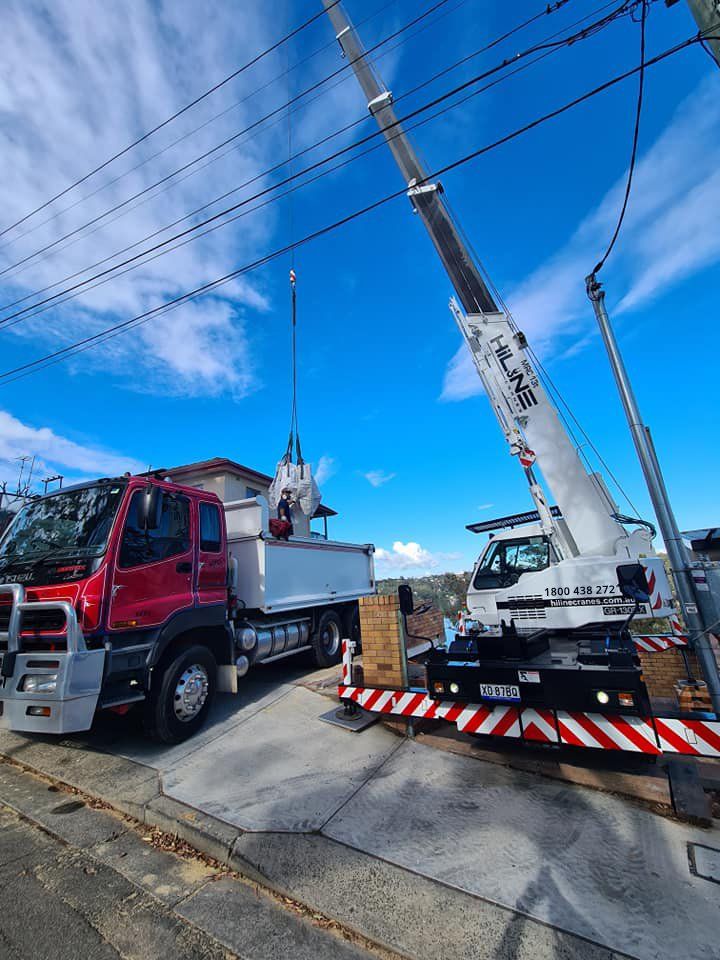
4. Mobility and Transport
- Evaluate how often the crane needs to be moved between sites. Consider the ease of transporting the crane on roads and the setup time required at each location.
- Opt for a crane that offers ease of transport and quick setup times if frequent relocation is necessary. Truck-mounted cranes and all-terrain cranes are often good choices for projects requiring high mobility.
5. Accessibility
- If your project is within a city or has restricted access, ensure you choose a crane designed for tight spaces. Look for cranes that can manoeuvre through narrow streets and operate in confined areas.
- City cranes and compact truck-mounted cranes are often the best options for such scenarios. These cranes are specifically designed to handle the challenges of urban environments.
Conclusion
Choosing the right mobile crane for your project is a very critical step in ensuring its efficiency, safety, and most important of all, success. Understanding the different types of mobile cranes and considering key factors such as load capacity, site conditions, reach, mobility, and accessibility gives you the ability to make an informed decision. Whether you're working on a construction site in the city or handling logistics in a remote area, it’s safe to say that there's a mobile crane perfectly suited to meet your needs. Make your choice wisely and take your project to new heights.
HiLine Cranes offers crane hire services in Sydney and the surrounding areas, including Wollongong, Parramatta, and Sutherland Shire. Whether it’s a tight access job or a standard lifting project, we’ve got you covered.

